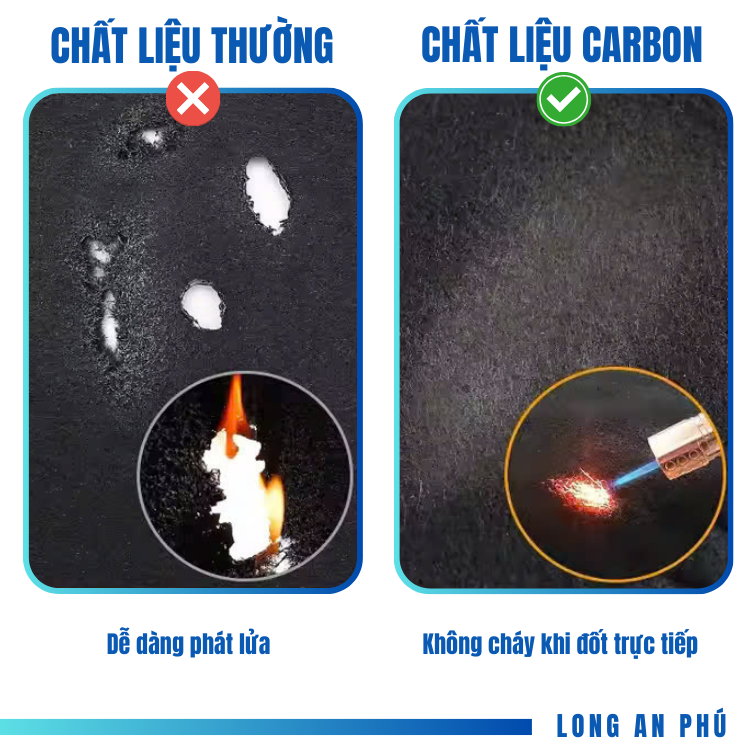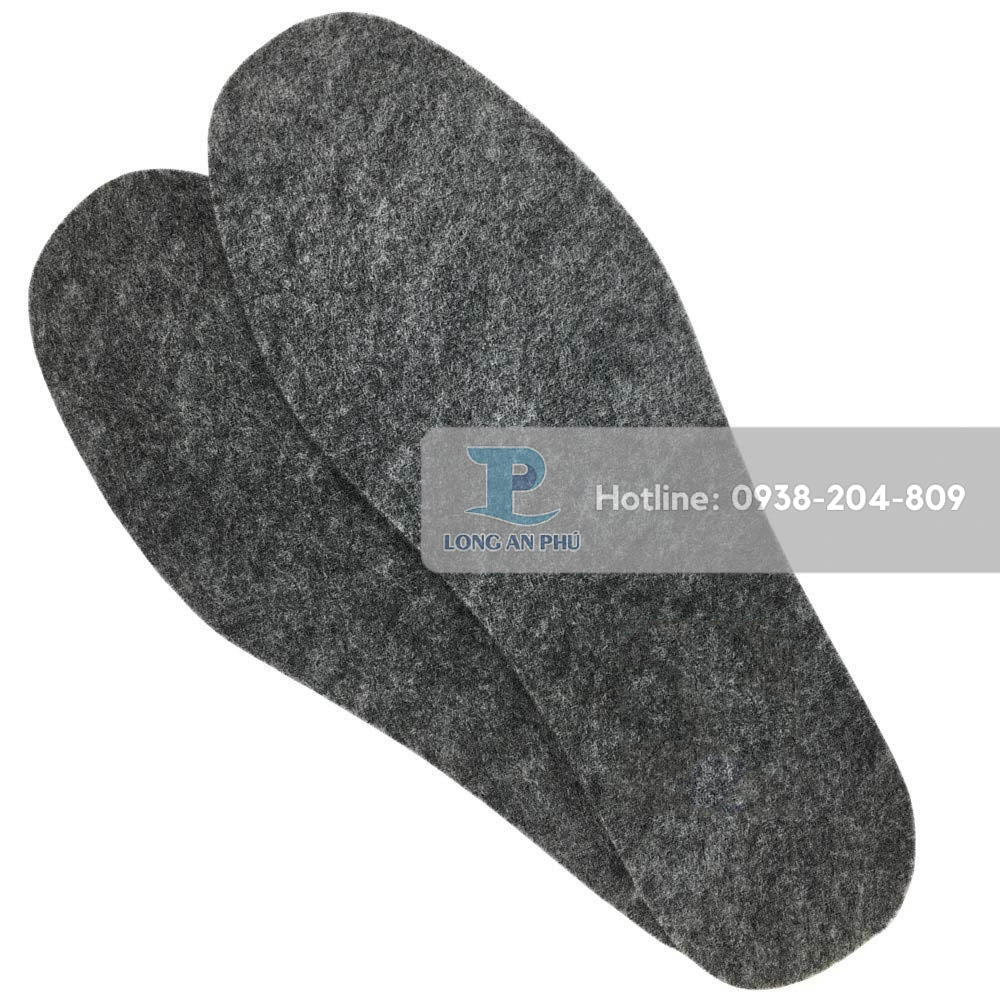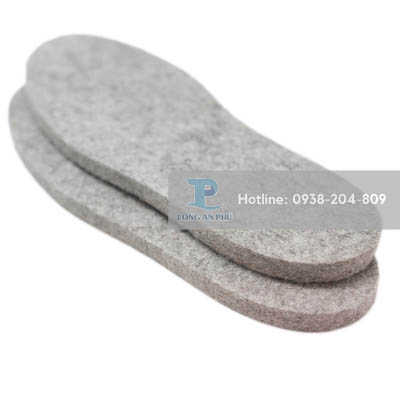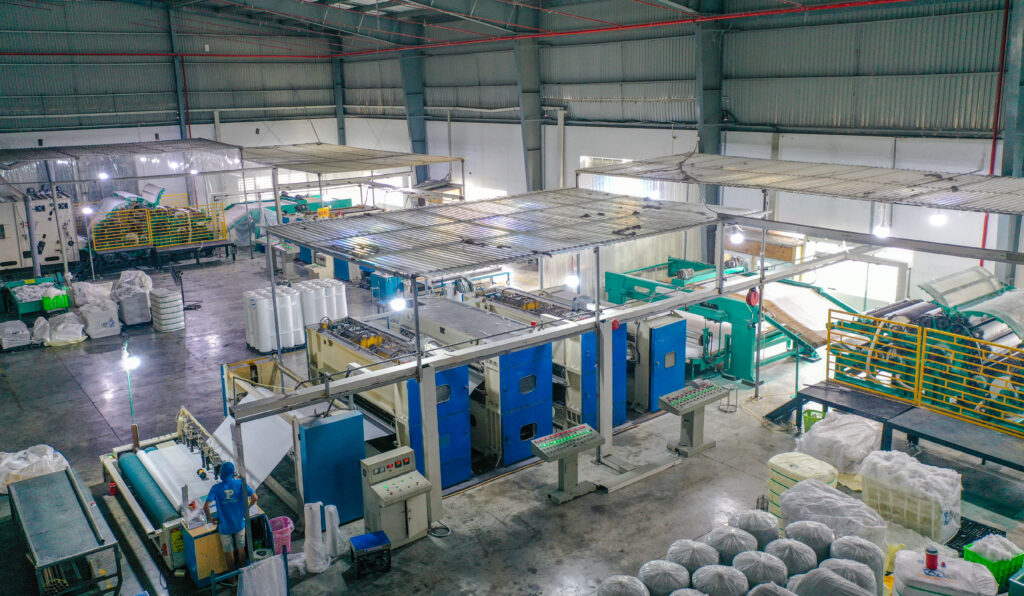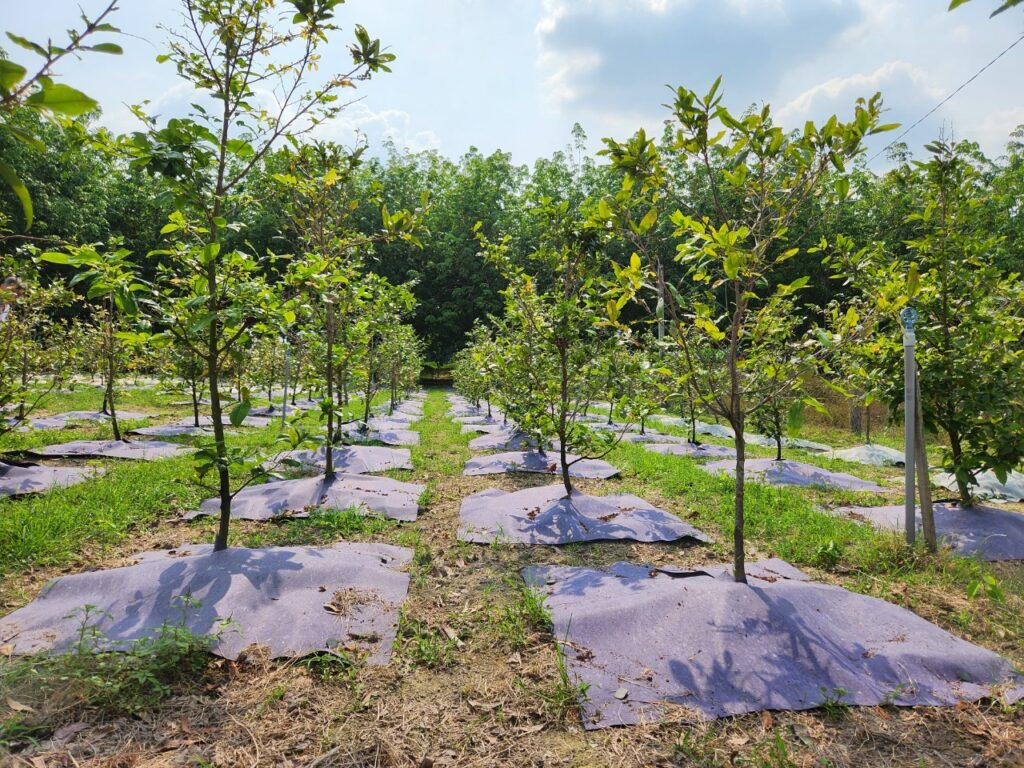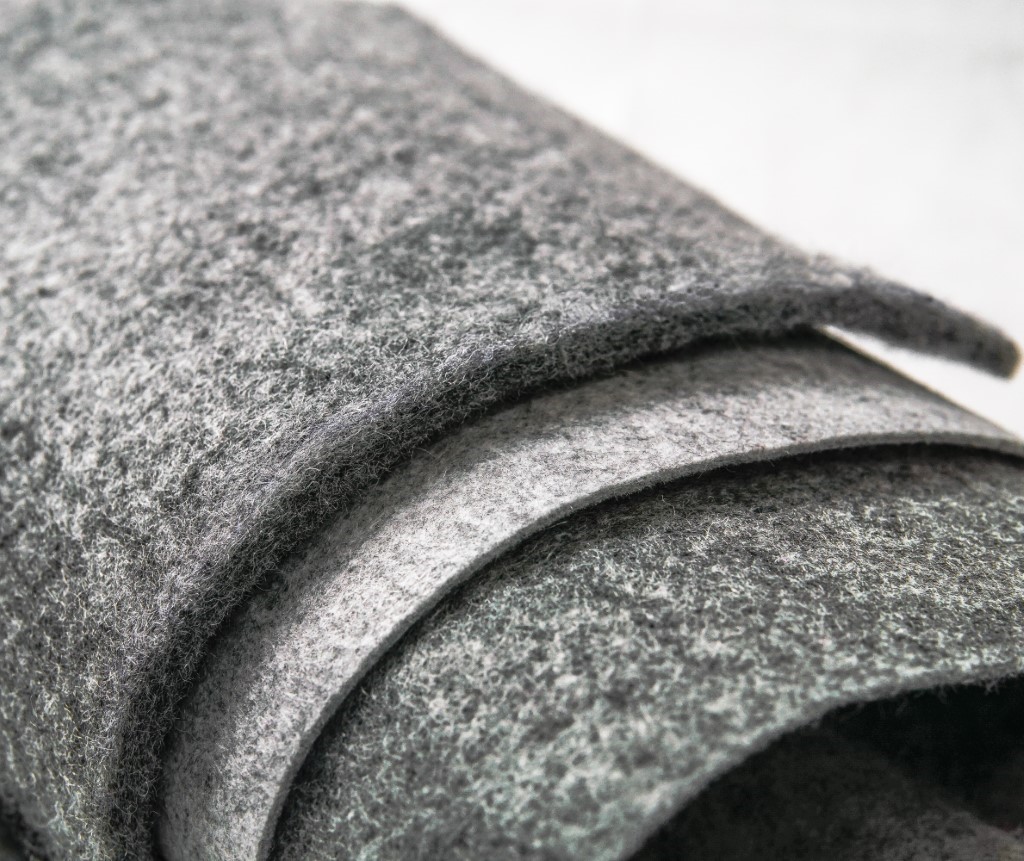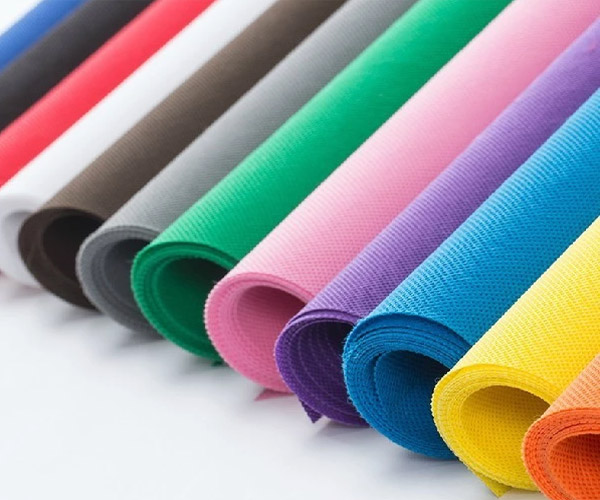WHAT IS NON-WOVEN FABRIC?
Non-woven fabric is a unique type of fabric that is not created through traditional weaving or knitting methods. Instead, it is predominantly synthesized from Polypropylene particles (synthetic plastic) through a process of heating and fiber stretching. With its lightweight, flexibility, and durability, Non-woven fabric finds extensive use across industries such as healthcare, protective gear, and various other sectors.
Non-woven fabric isn’t limited to Polypropylene; it can also utilize other materials like polyester, natural fibers (wood, cotton, wool, flax), nylon, and rayon. However, Polypropylene remains a popular and suitable material for non-woven fabric production. The process of heating and stretching Polypropylene fibers creates a high-density network, contributing to the fabric’s strength and excellent water resistance.
With its diverse origins and long-standing developmental history, Non-woven fabric has evolved into a pivotal and innovative material in daily life and industries. Its applications span from medical use in masks and surgical gowns to manufacturing bags, toilet paper, and various consumer products. Non-woven fabric plays a vital role in meeting the demands of modern society.
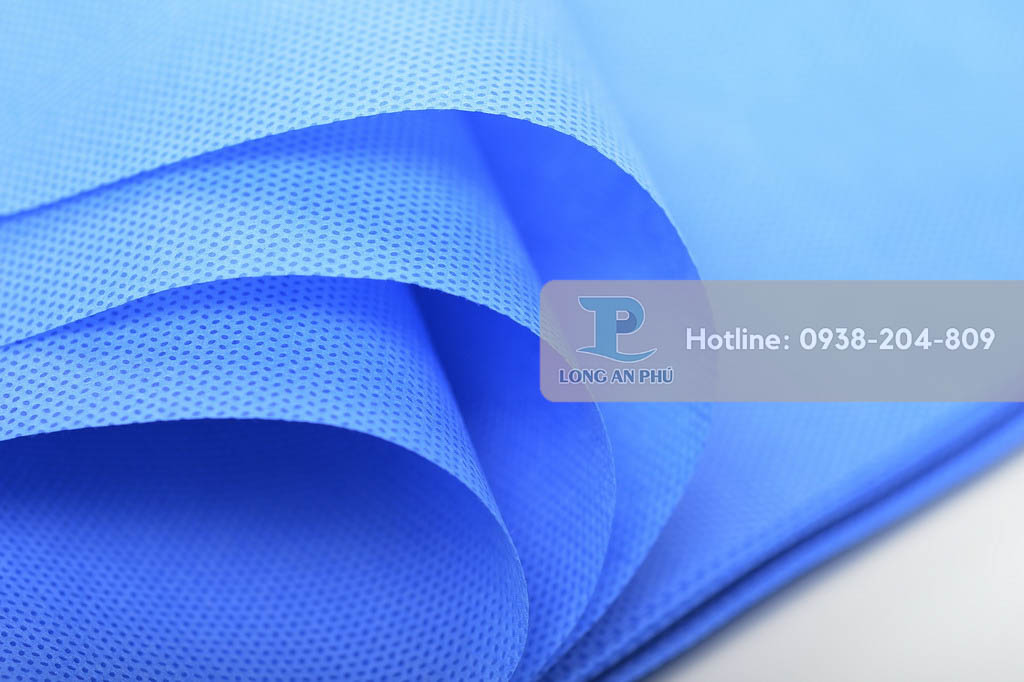
Real-life Image
Non-woven Fabric (PP Spunbond)
Then, what is Needle-punch Fabric (Felt)?
Needle-punch Fabric (Felt) is a type of non-woven fabric created from Polyester material, sharing similarities with fleece fabric. It is also known as Needle-Punched Fabric in English. This fabric is typically produced in rolls or large sheets, which are then cut into various dimensions to serve different manufacturing purposes.
To meet the demands of needle-punch fabric production, advanced technology and machinery play an indispensable role. They ensure high quality for the fabric product and ensure efficient and high-performance manufacturing processes. Utilizing advanced technology in the production process allows for precision in needle-punching the fabric fibers, resulting in high-quality, smooth, and consistent needle-punch fabric products.
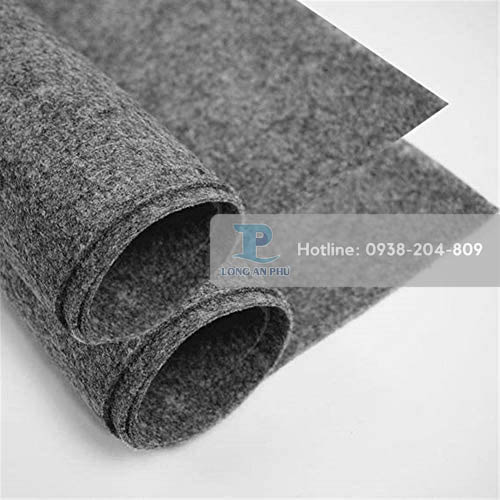

Real-life Image
Non-woven Fabric (PP Spunbond)
So, how is the Needle-punch Fabric (Felt) production process carried out at Long An Phú Factory?
As a leading advocate of product quality and stringent quality control, Long An Phú Factory adheres to a meticulous process, guided by the business motto ‘Beyond Customer Expectations.’ The execution process is meticulously controlled through the following steps:
Step 01: Fiber Preparation
- Inspect and sanitize the cotton-picking area, prepare and examine raw materials, eliminate any dirty or substandard materials.
- Weigh and measure the fibers according to the correct ratio, evenly spread them on the conveyor.
- Open the rolling machine and feed the fibers into the mixing tank.
- Adjust the cutting blade for the final product according to the required dimensions from the order.
Step 02: Production Process
- Activate the machine to transfer the fibers from the mixing tank to the input roller.
- Take the fibers from the output roller and feed them into the spreader, adjusting the dimensions according to the order specifications.
- Conduct needle-punching. Inspect weight, dimensions, fabric surface, and color to ensure quality before entering the heat chamber.
- Adjust temperature and thickness according to order specifications. Conduct product quality checks to ensure they meet customer requirements. If not met, promptly notify the management department for adjustments.
Step 03: Cutting and Packaging
- Cutting: Trim the products to the specified length, inspect the edges.
- Check the weight to ensure compliance. If there are discrepancies, inform the management department for resolution.
- For compliant products, proceed to packaging, selecting appropriate packaging for roll sizes and customer requirements.
- For soft products, use paper cores or adhere to customer requirements. Inspect and attach labels correctly as per the order, including necessary information.

Real-life Image
Long An Phú Manufacturing Plant
Why do many businesses prioritize choosing Needle-punch Fabric (Felt) for their production?
In today’s world, global warming and climate change are crucial issues worldwide, making environmental protection a topic of paramount concern. People are continuously seeking ways to create products that are environmentally friendly and safe for health. One of the reasons that non-woven fabric is increasingly favored is its ability to biodegrade. When this type of fabric is buried in the natural environment, the degradation process occurs, and within 5-7 years, 60% of the product’s weight will decompose and disappear. Therefore, these characteristics have encouraged consumers to use non-woven fabric more, as it does not cause environmental pollution and does not affect human health.
Due to its versatility and rich attributes, Needle-punch Fabric (Felt) finds a multitude of popular applications in interior design, automotive interiors, fashion, healthcare, and numerous other fields.
LONG AN PHÚ
Long An Phu is one of the reputable enterprises in Vietnam specializing in fabric production, particularly embroidered fabric. We are committed to providing high-quality products that meet all customer requirements. Additionally, we place a special emphasis on the production process and product quality. Currently, our product range includes:
For more detailed product consultation, please contact us:
Hotline: 0938 204 809 (Zalo)
Email: sales@longanphu.com
Alternatively, you can engage in a live chat by clicking on the chat bubble in the lower right corner of our website to directly communicate with our customer service representatives.



 Tiếng Việt
Tiếng Việt